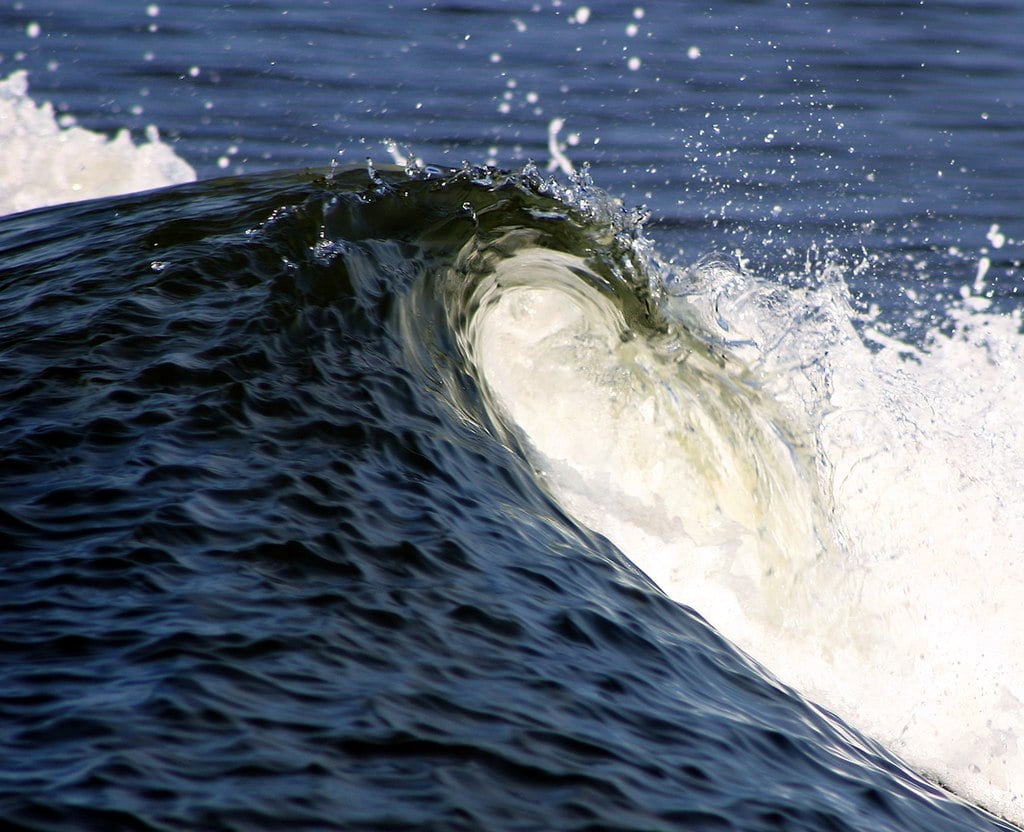
There are four areas in Greece that are most likely to be hit by a tsunami following a strong earthquake, a Greek seismologist warned recently.
UNESCO scientific partner Dr. Gerasimos Papadopoulos said that the four coastal areas in Greece include Crete, the Gulf of Corinth, the eastern Aegean islands of Lesvos and Chios, and the Dodecanese.
Papadopoulos noted that Greece has the highest seismicity in the entire Mediterranean along the famous Hellenic Arc. The arc starts from the Ionian Islands, crosses south of the Peloponnese, and, passing south of Crete, ends at Rhodes.
He said in an interview with the Athens Macedonia News Agency that the possibility of tsunami generation after a strong underwater or coastal earthquake is a real possibility.
The Greek scientist was speaking on the sidelines of a conference on New Technologies in Civil Protection “SafeThessaloniki,” where he noted that Mediterranean countries are intensifying their cooperation to prevent the disastrous consequences of a tsunami.
The seismic arc in Greece presents the greatest risk of tsunami
“We know from scientific data that the Greek Arc presents the greatest risk for producing a tsunami across the whole Mediterranean,” he said.
“The tsunami spreads very quickly, does not ‘extinguish’ easily, and threatens coastal areas over long distances,” said Papadopoulos.
He added that the second area in Greece at a “very high risk” of a tsunami is the Gulf of Corinth.
“It also has very high seismicity, but with the difference that it is a closed gulf and even a large tsunami cannot threaten other areas,” he reported.
The Greek seismologist said that the other two areas of the Dodecanese and the Eastern Aegean islands of Lesvos and Chios are in less danger of a tsunami.
Less likely, based on the seismicity data, is the possibility that a tsunami that will start from other Mediterranean countries will reach Greece. In contrast, other countries such as Israel and Italy are systematically preparing for a tsunami that could start from the Greek Arc.
Mini-Tsunami hit Samos in 2020
In October 2020, a series of mini-tsunamis hit the island of Samos minutes after the strong earthquake measuring 6.7 on the Richter scale that hit underwater in the Aegean Sea between Greece and Turkey.
Footage showed water flooding the streets in the capital city of the island, Vathy. Tavernas, cafes, and other shops were flooded as authorities called on locals to avoid the shoreline.
Scientists have also recently warned that a catastrophic tsunami could be unleashed by Mount Etna in Sicily, Europe’s largest active volcano, that is slipping eastwards into the sea.
Scientists are concerned that the slow movements that have been measured on Mount Etna’s southeastern flank could escalate and result in its partial collapse into the water.
Such an event would place Sicily and the Ionian Sea at risk, as debris would enter the surrounding ocean, possibly causing devastating waves.
The eruption of the Santorini volcano in the 17th century BC was one of the world’s most powerful in the past ten thousand years, spewing some twenty cubic miles of rock into the skies and spawning a tsunami that struck the nearby island of Crete, which was the center of Minoan culture.
Many archaeologists believe the disruption caused by the tsunami made the Minoans easier prey for outside invaders, who conquered them a century and a half later and brought an end to one of the first European civilizations.
See all the latest news from Greece and the world at Greekreporter.com. Contact our newsroom to report an update or send your story, photos and videos. Follow GR on Google News and subscribe here to our daily email!



